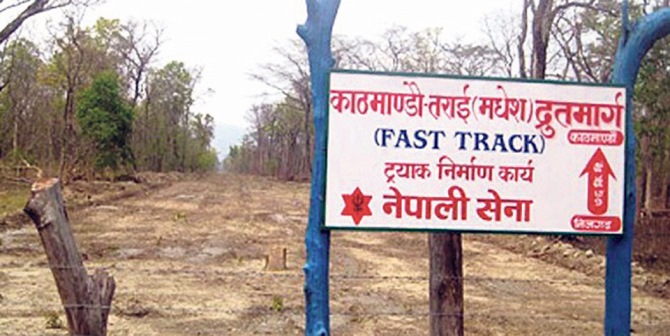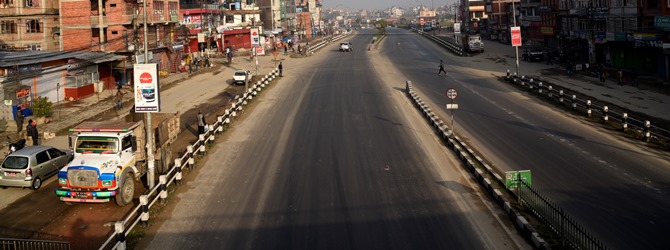Valley's 18 risky petrol pumps ordered to relocate
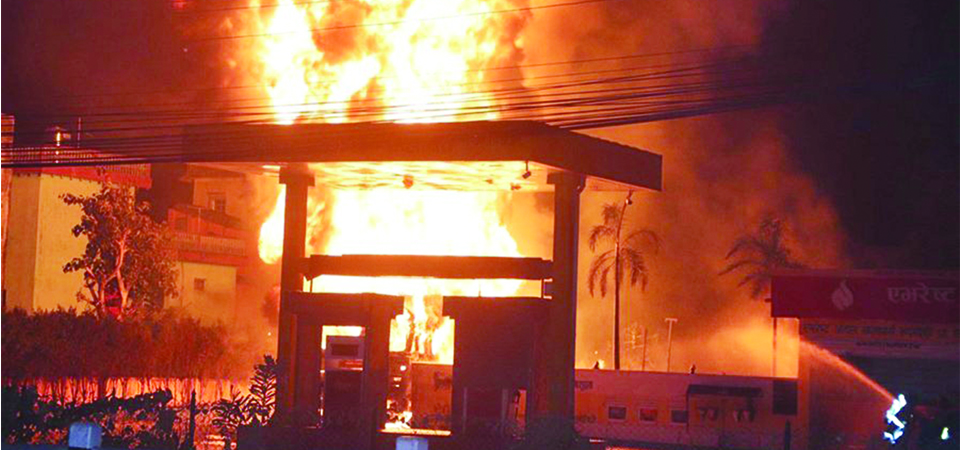
By Purushottam P. Khatri
Kathmandu, Feb. 7: A petrol pump at Gwarko, Lalitpur, was nearly on fire on December 13, 2020 after a petrol tanker parked on its premises caught fire.
The petrol tanker (Na 4 Kha 974) of Ujjwal Petrol Pump burst into flames following a short circuit in the battery of the vehicle that was refilling the underground tank of the pump at around 6: 30 pm.
According to the officials at Nepal Oil Corporation (NOC), the pump had not met the minimum safety standards.
Had the fire reached the pump’s store and the tanker’s petrol chamber, the houses near the petrol pump would have been at a high risk of arson.
NOC’s Deputy Managing Director Er. Sushil Bhattarai called the incident a ‘wake-up call.’
Kishore Kumar Bhattarai, a fire control expert who has been the head of the Metropolitan Emergency Operations Centre, said that fire in the petroleum products spreads at a high speed. If the fire at the Ujjwal Pump located in the middle of the human settlement was not put out immediately, the entire area would have been destroyed.
“We call the petrol pumps of the valley a fireball,” he said. “Those who consider it normal can watch the video of the Gwarko fire. The Oil Corporation and the government should pay enough attention to this.”
According to NOC, 150 petrol pumps are in operation in the valley. Of these, 125 are located in central urban areas. Most of the pumps in the valley have not taken prevention measure, and instead passively await for calamity to strike to jolt them awake from their ignorance, said fire control expert Bhattarai.
Not only the physical structure of the pumps, but also the distribution systems of such pumps lack required safety measures, he added.
According to the NOC officials, majority of the petrol pumps in Kathmandu meet the prescribed criteria. However, it has not taken any action against those pumps, which do not comply with the standards, neither have the petroleum operators prepared to prevent possible accidents by assessing the risk.
Engineer Binit Mani Upadhyaya, also NOC spokesperson, said that the pumps are not alert of the risk.
Officials of the corporation said the risk of accidents would be reduced if the Petroleum Products Vendors Regulation-2075 is followed strictly.
The regulation states that at
least two ropanis and six anas (750 square meters) of land is required to operate a pump inside a municipality.
Similarly, the distance between two petrol pumps should be more than 300 metres. Similarly, a pump should be at least 20 metres away from the road.
“There is a risk of destruction in the city at any time because the fireball located near the road can catch a fire even while swiping a matchstick to light a cigarette,” fire control expert Bhattarai said.
Petrol pumps of Tripureshwor, Teku, Chakrapath and other areas are just next to the road, and a few of them are running indoors.
According to a study by the Kathmandu Metropolitan City, there are seven petrol pumps along the 1.5 km road from Bhadrakali to Soltimode. None of them
comply with the standards of petrol storage, infrastructure to be maintained for fire control and safety wall.
There is a rule that the pumps operating in the valley should put up a 1.20 metre high wall and fence a chain link of 0.90 metre above the wall.
Similarly, earthing should be done in all equipment in the place of sales. Six fire extinguishers, a 1,000 litre water tank, 10 litres of four buckets filled with sands should be kept ready. From digging spade to shovel should also be kept at all times.
Expired fire extinguishers were found at most petrol pumps during a monitoring by the NOC, said Upadhyaya.
According to Upadhyaya, one pump has a capacity to store up to 20,000 litres of diesel and 12,000 litres of petrol. This means about three million litres of diesel and 1.8 million litres of petrol are stored in the pumps of the valley. But these pumps, which have such a large amount of fuel in their stores, lack minimum safety measures, fire control expert Bhattarai said.
“It is not known when vehicles collide with the roadside pump. A cigarette butt thrown away by a passerby can also cause a fire. This is an open secret. The safety standards are violated by ‘satisfying’ the NOC officials and the quality control department,” said Bhattarai.
Even Prime Minister’s directive ignored
In January last year, the Office of the Prime Minister and Council of Ministers directed the traffic police, including the Oil Corporation, to relocate 18 petrol pumps, citing high risk of accidents and obstruction in traffic management. The PMO then had instructed to remove the pumps of the roadside and densely populated areas.
If the directives of the Prime Minister’s Office had been abided by, 12 pumps in Kathmandu and six in Lalitpur districts would have been shifted to newer places.
Kanak Petrol Pump in Kalimati, Kota Dhuku Petrol Pump in Balaju, Jayanti and Mayaram Bholaram Petrol Pump in Thapathali, Baba Petrol Pump in Kalanki, Shyama Petrol Pump, Trishul Petrol Pump, Valley Rikesh Petrol Pump in Koteshwar and Kamakhya, Jubi and Baral Petrol Pump in Bouddha and Maharajganj were told to shift immediately.
Recommendations were also made to remove the Sajha Petrol Pump of Jaswalakhel, HP International, Gayatri Petrol Pump, Bajrabarahi Petrol Pump of Chapagaun, Balkumari Petrol Pump and Tika Bhairav Diesel Store. But all the pumps are still under operation in the same location.
When the Traffic Police Office tried to remove the pumps, it was accused of trying to raise money from the pumps, said a traffic police officer on condition of anonymity.
Corporation Spokesperson Upadhyaya said continuous pressures had been exerted on the pumps operating without meeting the standards and they had started discussions with the operators.
Recent News

Do not make expressions casting dout on election: EC
14 Apr, 2022
CM Bhatta says may New Year 2079 BS inspire positive thinking
14 Apr, 2022
Three new cases, 44 recoveries in 24 hours
14 Apr, 2022
689 climbers of 84 teams so far acquire permits for climbing various peaks this spring season
14 Apr, 2022
How the rising cost of living crisis is impacting Nepal
14 Apr, 2022
US military confirms an interstellar meteor collided with Earth
14 Apr, 2022
Valneva Covid vaccine approved for use in UK
14 Apr, 2022
Chair Prachanda highlights need of unity among Maoist, Communist forces
14 Apr, 2022
Ranbir Kapoor and Alia Bhatt: Bollywood toasts star couple on wedding
14 Apr, 2022
President Bhandari confers decorations (Photo Feature)
14 Apr, 2022



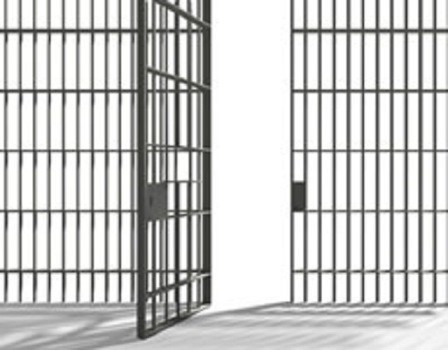
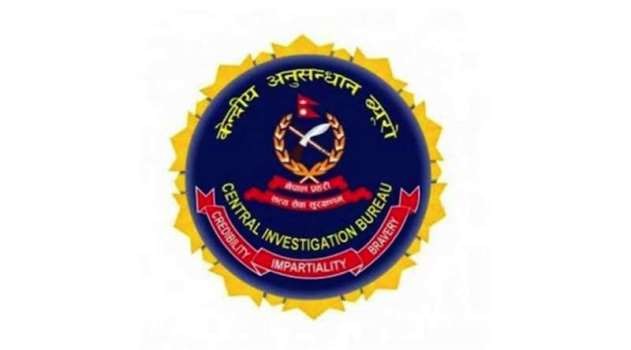
.jpg)


